The Ultimate Birthstone Guide
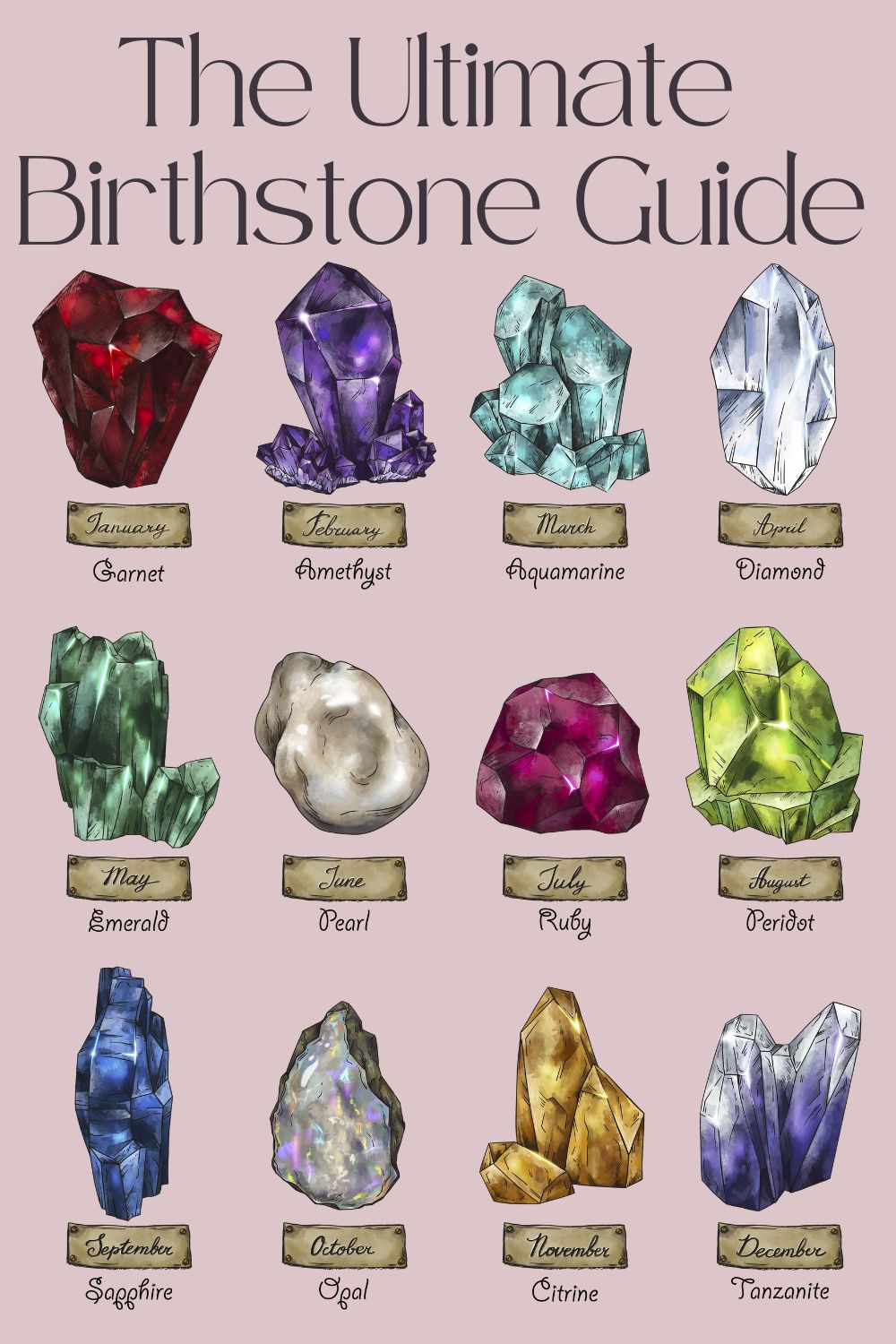
Glittering gems have captivated human imagination for millennia, each stone telling a unique story of the earth’s hidden treasures. Birthstones hold a special place among these precious stones, intertwining personal identity with the mystical allure of gemology. This ultimate birthstone guide will take you through time and geology, unveiling the magic behind each month’s special gem.
Table of Contents
The History and Origin of Birthstones
The concept of birthstones is deeply rooted in ancient traditions, with origins that can be traced back to biblical times. The Book of Exodus describes the breastplate of Aaron, adorned with twelve precious stones representing the twelve tribes of Israel. This sacred garment is often cited as the earliest known reference to the idea of gemstones having a special significance based on their order and arrangement.
Over centuries, the tradition of associating specific gems with months or zodiac signs evolved across various cultures. However, it wasn’t until 1912 that the National Association of Jewelers (now known as Jewelers of America) standardized the modern list of birthstones. This list has since become the widely accepted standard in the United States and many other countries, with occasional updates to include newly discovered or popular gemstones.
Birthstones by Month: A Comprehensive Guide
January: Garnet
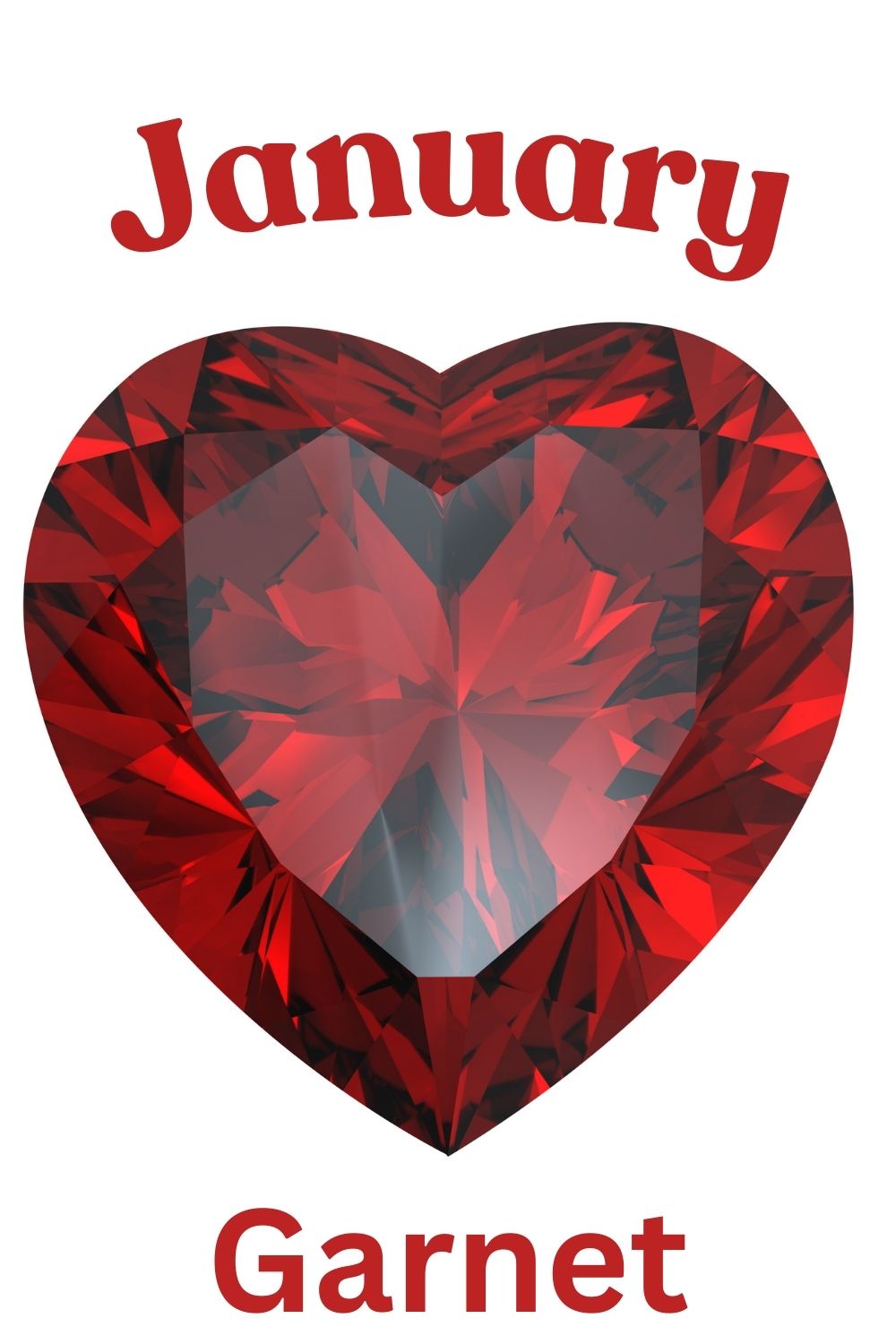
January’s birthstone is garnet, which kicks off the year with its deep red hue. The name “garnet” is derived from the Latin word “granum,” meaning seed, due to its resemblance to the rich red seeds of a pomegranate. While commonly associated with the color red, garnets come in a rainbow of colors, including greens, oranges, pinkish purples, and even rare color-changing varieties.
Garnets have been prized throughout history. Symbolizing loyalty, consistency, and vitality, they have been prized throughout history. Ancient Egyptians believed garnets were a symbol of life, while in medieval times, they were thought to cure depression and protect against nightmares. With a Mohs hardness rating of 6.5 to 7.5, garnets are durable enough for everyday wear, making them a popular choice for jewelry.
View all garnet jewelry on Amazon
February: Amethyst
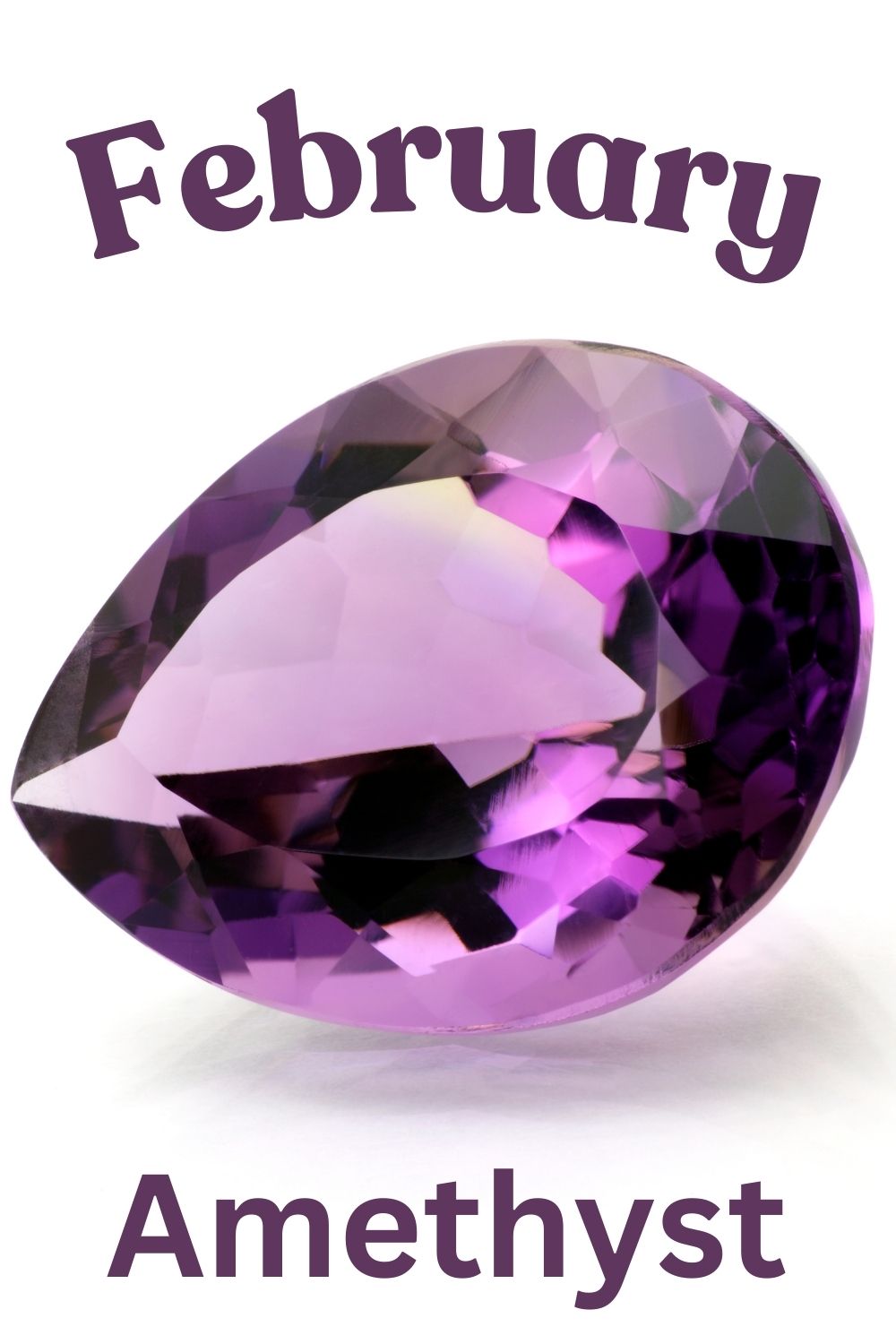
February’s birthstone, amethyst, is renowned for its stunning purple color, ranging from pale lavender to deep violet. This member of the quartz family has been cherished for thousands of years, with ancient Greeks believing it could prevent intoxication—hence its name, derived from the Greek “amethysts,” meaning “not drunken.”
Amethyst is associated with qualities of peace, balance, and courage. It enhances spiritual awareness and promotes calmness and clarity of mind. With a Mohs hardness 7, amethyst suits various jewelry applications, from delicate earrings to statement necklaces.
View amethyst necklace and earring set above on Amazon
View all amethyst jewelry on Amazon
March: Aquamarine and Bloodstone
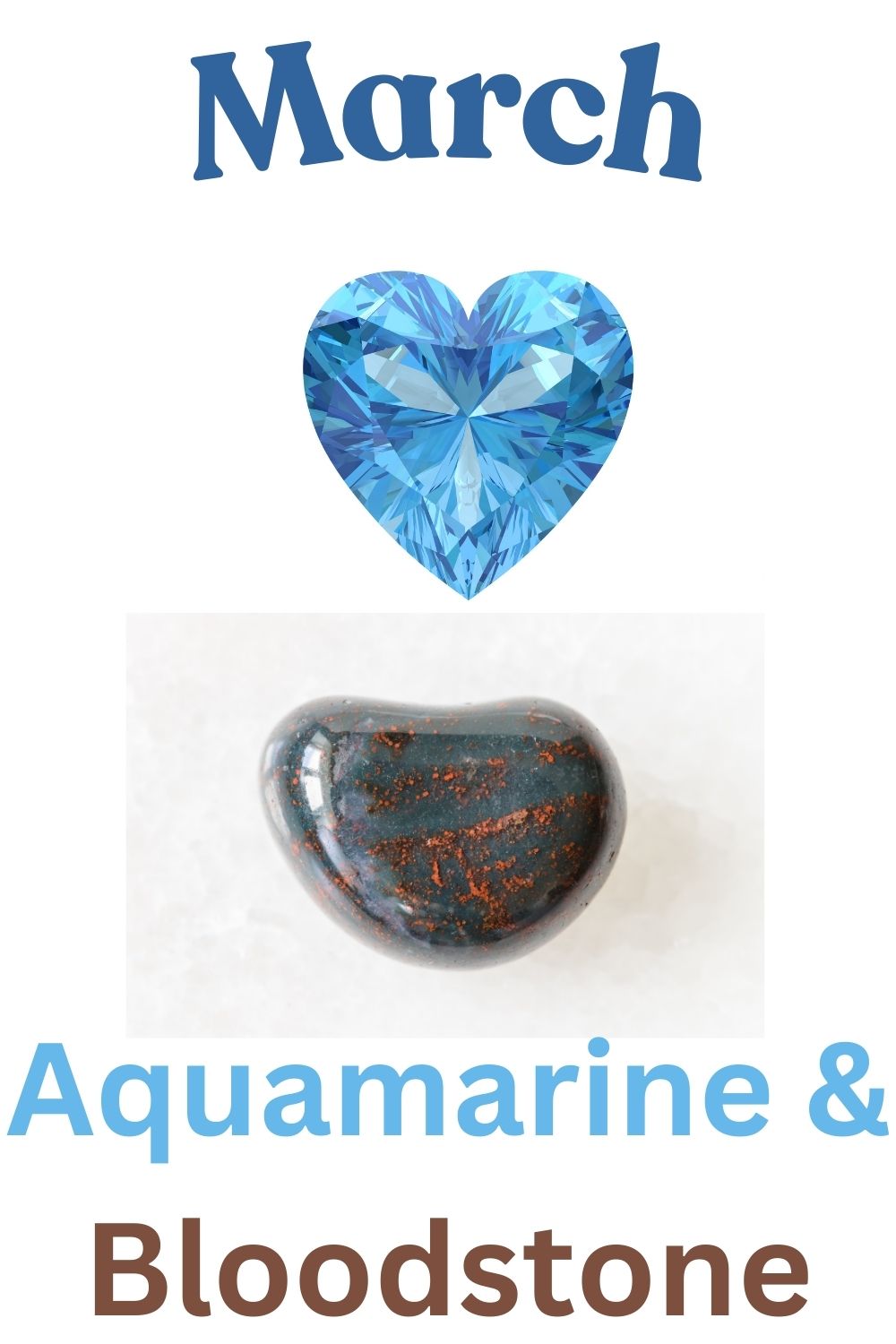
March boasts two birthstones, each with its unique charm. Aquamarine, with its serene blue or blue-green color, evokes the tranquility of calm seas. Its name comes from the Latin for “seawater,” and it has long been associated with youth, health, and hope. Sailors once carried aquamarine to ensure safe passages and protect against seasickness.
Bloodstone, the alternative March birthstone, is a dark green jasper flecked with bright red spots of iron oxide. Also known as heliotrope, bloodstone was believed to have healing powers, particularly for blood disorders. It symbolizes courage and wisdom.
Both stones have practical applications in jewelry, with aquamarine’s hardness of 7.5-8 on the Mohs scale, making it especially durable for everyday wear.
View aquamarine necklace above on Amazon
View all aquamarine jewelry on Amazon
View bloodstone necklace above on Amazon
April: Diamond
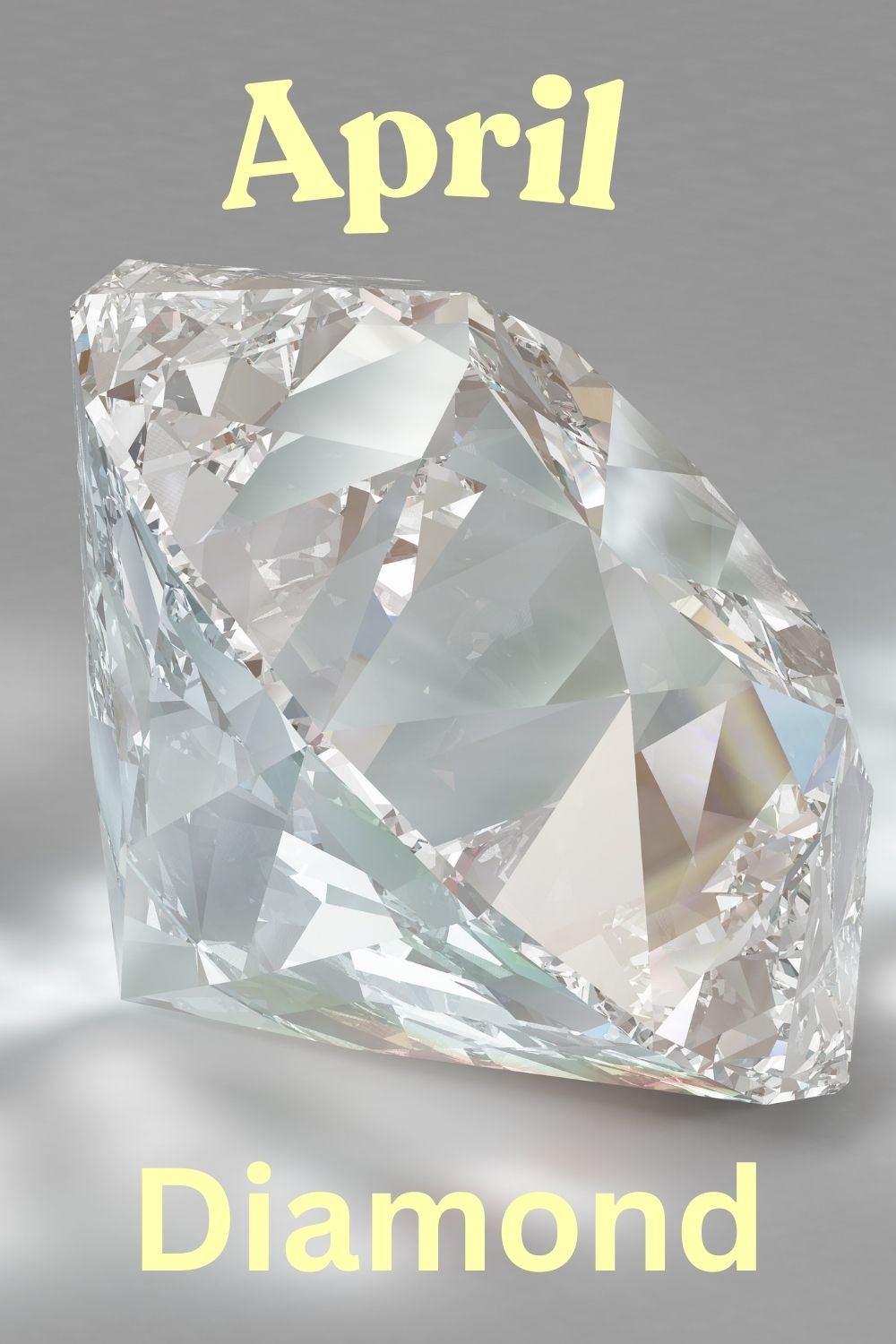
April-born individuals are blessed with the most coveted gemstone of all – the diamond. Formed deep within the Earth under extreme heat and pressure, diamonds are pure carbon crystals and the hardest naturally occurring substance, with a perfect ten on the Mohs scale.
Diamonds have been symbols of eternal love and marriage for centuries, but their significance goes beyond romance. They represent strength, clarity, and abundance. The ancient Greeks believed diamonds were splinters of stars fallen to earth, while the ancient Romans thought they were tears of the gods.
While colorless diamonds are the most famous, these gems come in various colors, including yellow, pink, blue, and even black. Each color has its unique beauty and rarity, making diamonds a versatile choice for all types of jewelry.
View diamond earrings above on Amazon
View all diamond jewelry on Amazon
May: Emerald
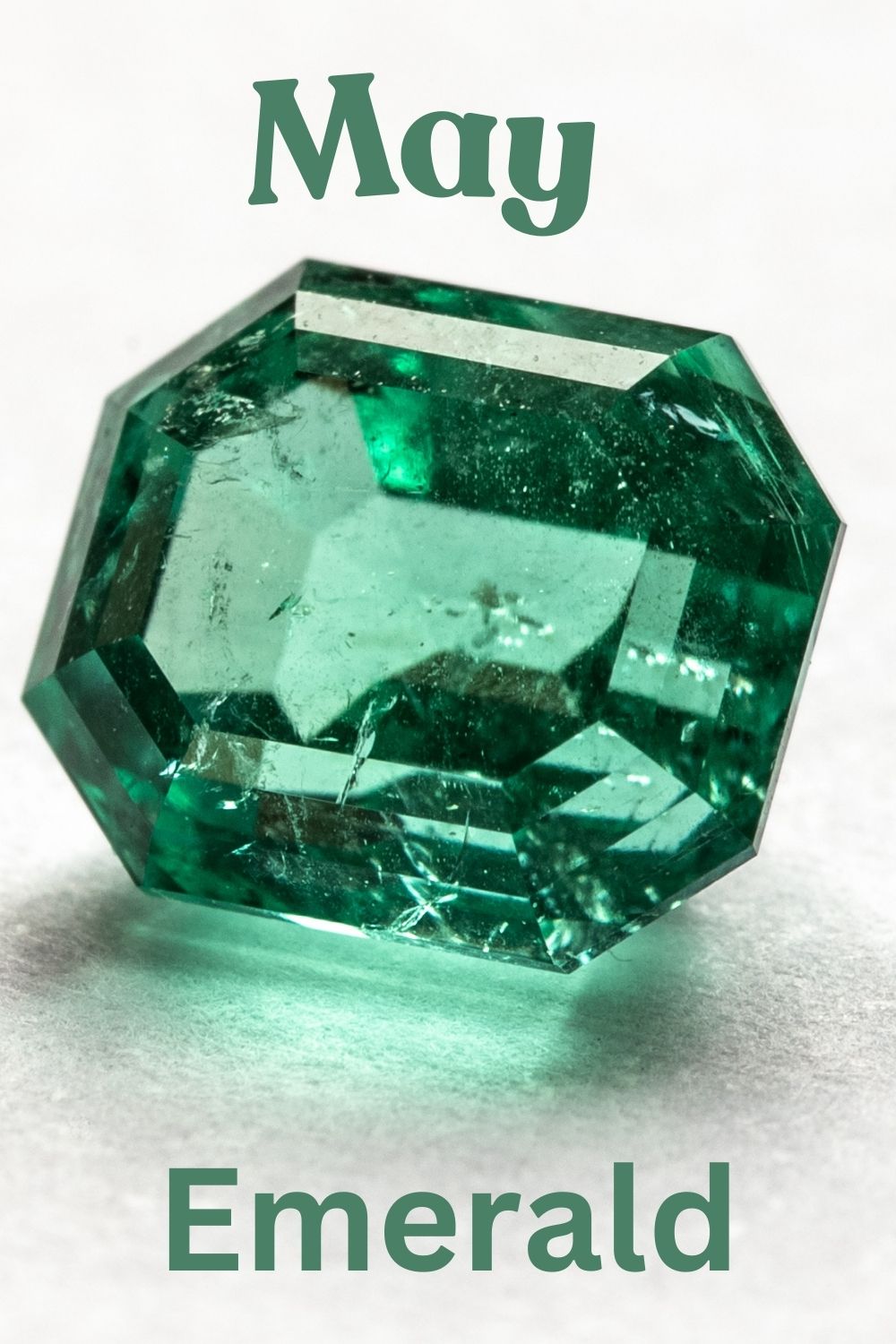
The lush green of the emerald is May’s birthstone, symbolizing rebirth and fertility. Part of the beryl mineral family, emeralds get their remarkable color from trace amounts of chromium and sometimes vanadium. The word “emerald” comes from the ancient Greek “smaragdos,” simply meaning “green gem.”
Emeralds have been prized for thousands of years, with the earliest known emerald mines dating back to at least 330 BCE in Egypt. Cleopatra was known to have a passion for emeralds, and the gems were often associated with Venus, the Roman goddess of love and beauty.
Despite their regal status, emeralds are relatively delicate compared to other precious gems, with a hardness of 7.5-8 on the Mohs scale. They often contain inclusions, which gemologists call “jardin” (French for garden), as they resemble foliage.
View emerald necklace above on Amazon
View all emerald jewelry on Amazon
June: Pearl, Alexandrite, and Moonstone
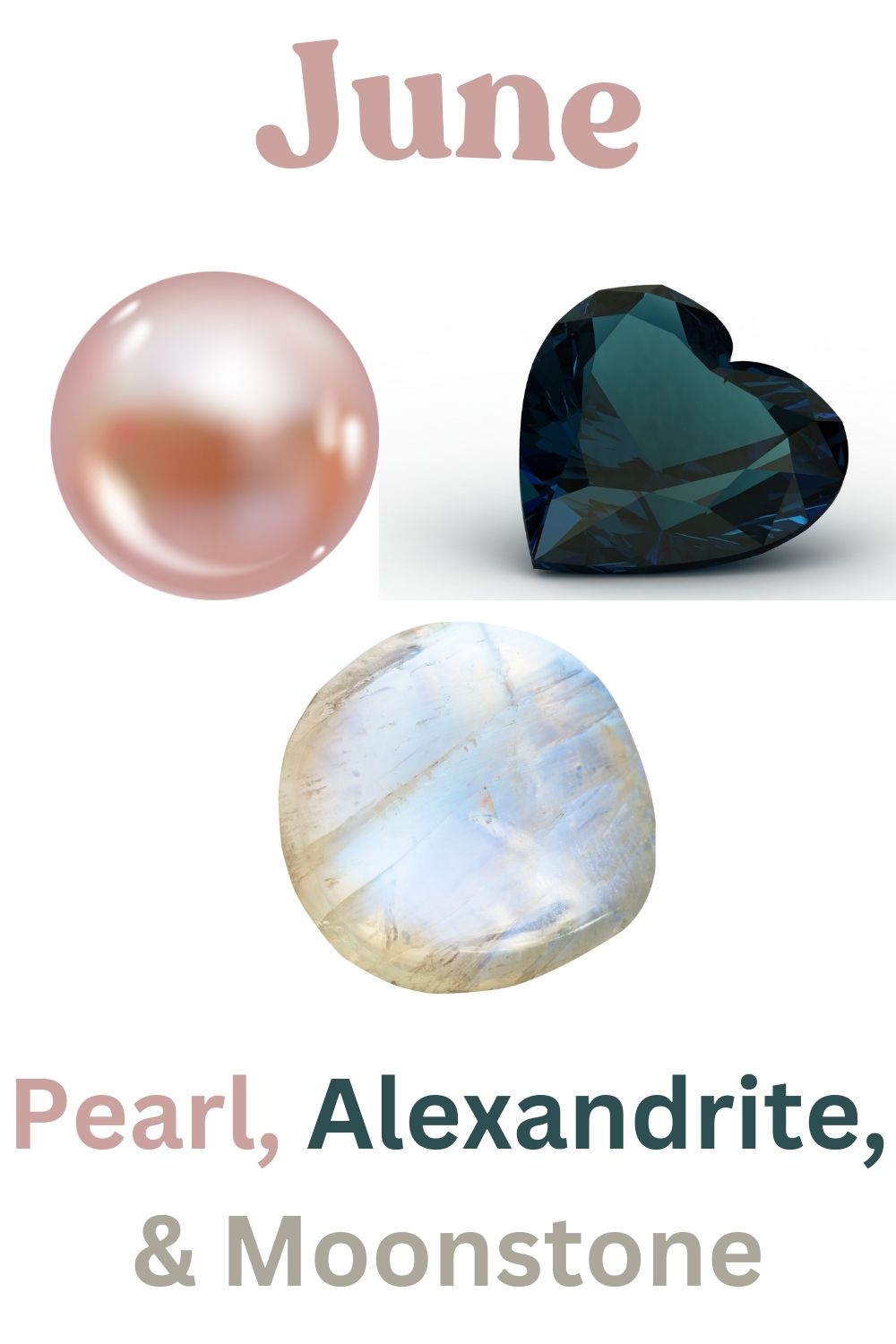
June-born individuals have the luxury of choice with three birthstones: pearl, alexandrite, and moonstone. Each of these gems possesses unique qualities that set them apart in the world of gemstones.
Pearls, organic gems formed within mollusks, have been symbols of purity and innocence for millennia. Unlike other gems mined from the earth, pearls are harvested from oysters and other shellfish. They come in various colors, from classic white to black, pink, and gold. With a Mohs hardness of only 2.5-4.5, pearls require special care to maintain their luster.
Alexandrite, a relatively modern addition to the birthstone list, is remarkable for its color-changing properties. In daylight, it appears greenish-blue but shifts to a purplish-red under incandescent light. This rare gem symbolizes luck, prosperity, and intellect.
Moonstone, with its ethereal, billowing blue sheen, completes the June birthstone trio. This feldspar mineral exhibits a phenomenon called adularescence – a milky glow that appears to float across the stone’s surface. Associated with new beginnings, moonstone is said to possess calming, introspective qualities.
View alexandrite ring above on Amazon
View moonstone necklace above on Amazon
July: Ruby
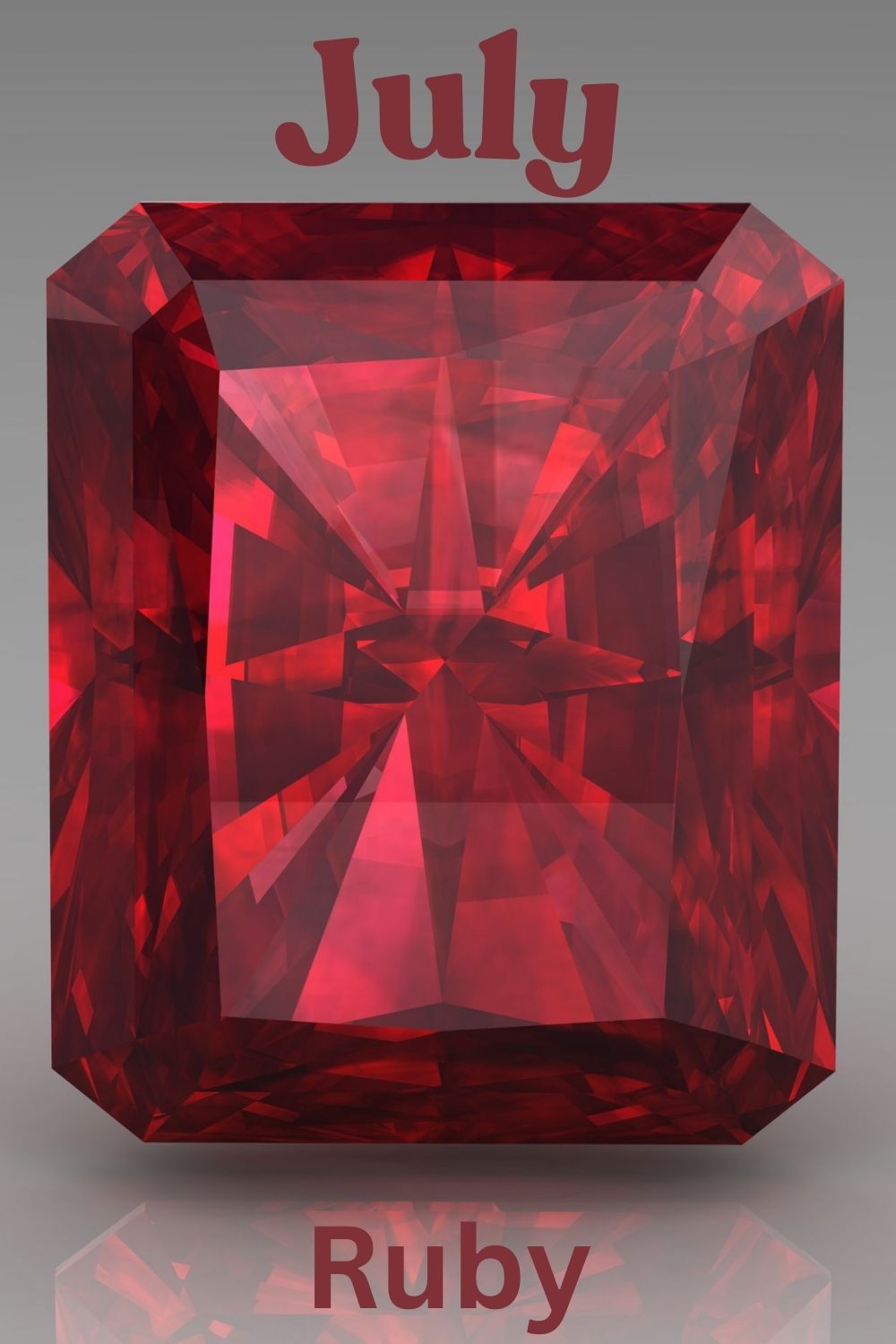
The fiery red ruby is July’s birthstone, symbolizing passion, protection, and prosperity. Like sapphires, rubies are a variety of the mineral corundum, with their red color coming from traces of chromium. The name “ruby” is derived from the Latin word “ruber,” meaning red.
Throughout history, rubies have been associated with power and majesty. In ancient Hindu tradition, rubies were believed to protect their wearers from evil. Medieval Europeans thought rubies guaranteed health, wisdom, wealth, and success in love.
With a Mohs hardness of 9, rubies are second only to diamonds in terms of durability, making them excellent for everyday wear. The most prized rubies come from Myanmar (formerly Burma) and are often described as having a “pigeon’s blood” color – a deep red with a hint of blue.
View ruby earrings above on Amazon
View all ruby jewelry on Amazon
August: Peridot, Spinel, and Sardonyx
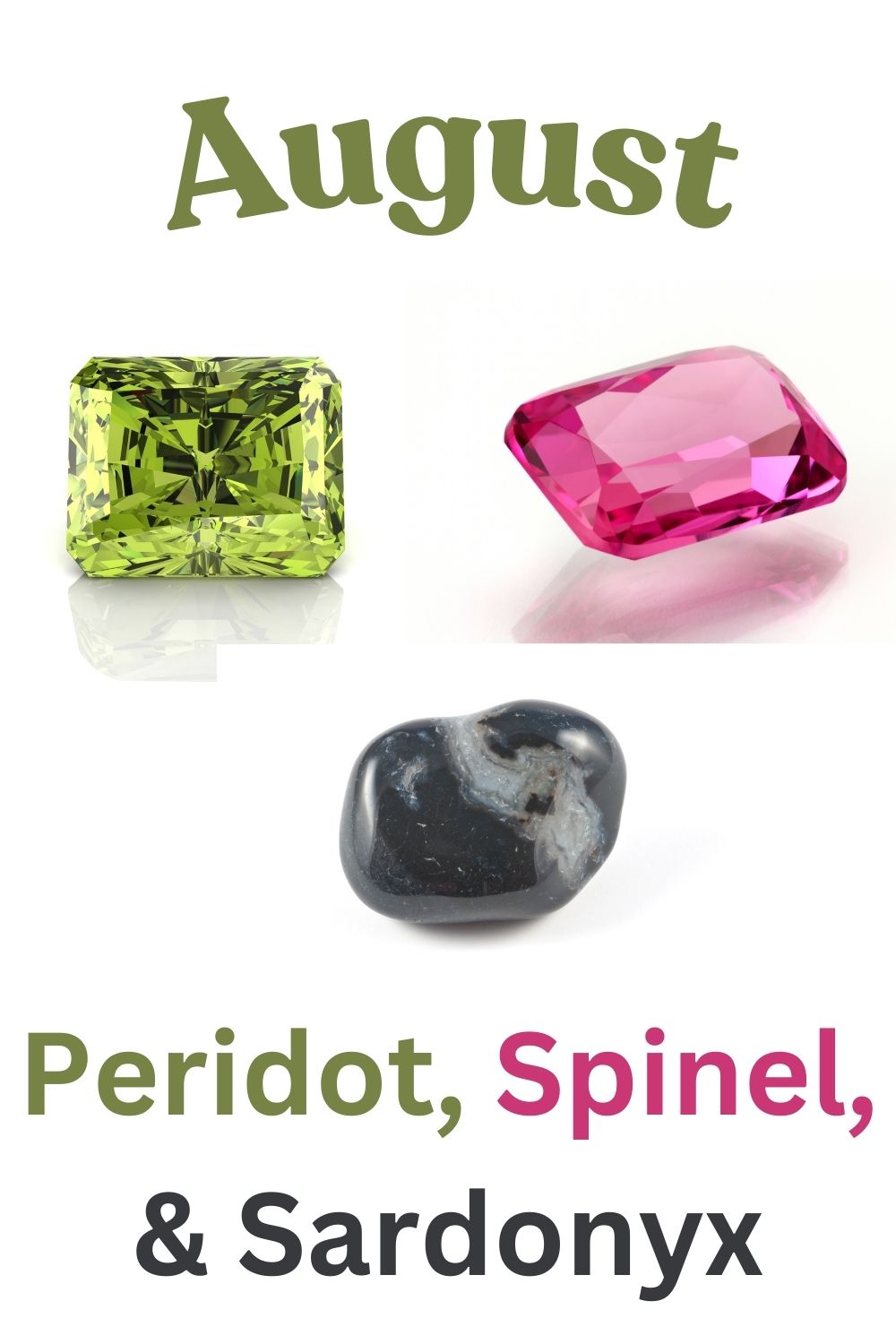
August boasts three birthstones: peridot, spinel, and sardonyx, each offering its own unique beauty and significance.
Peridot, with its distinctive lime-green color, has been prized since ancient times. Often called “the evening emerald,” peridot appears to glow under nighttime lighting. It’s one of the few gemstones that occurs in only one color, though the shades of green may vary depending on the amount of iron in the crystal structure.
Spinel was added to the official birthstone list in 2016 and comes in various colors, including red, pink, orange, and purple. For centuries, red spinels were mistaken for rubies, including some famous stones in crown jewels. Spinels are valued for their brilliance and hardness (8 on the Mohs scale), making them suitable for all types of jewelry.
Sardonyx, a variety of chalcedony, displays alternating bands of sard and onyx, typically in reddish-brown and white. Ancient Romans believed sardonyx provided courage, happiness, and clear communication, making it popular for seals and signet rings.
View spinel earrings above on Amazon
September: Sapphire
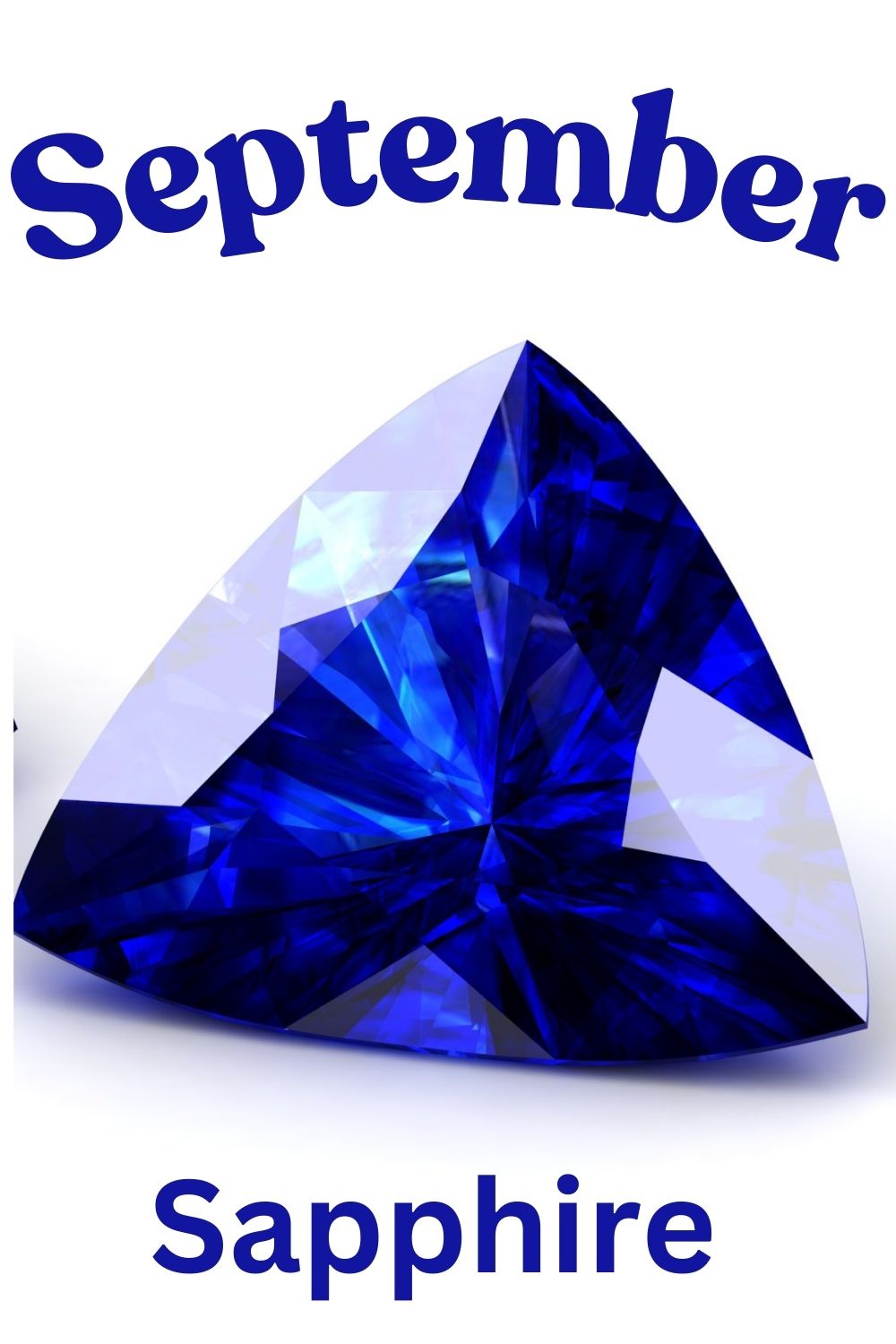
September’s birthstone is the majestic sapphire, a gem cherished for thousands of years. While most famously known for its deep blue color, sapphires come in every color of the rainbow except red (which would classify them as rubies, as both are varieties of the mineral corundum).
The name “sapphire” comes from the Latin “saphirus” and the Greek “sapheiros,” both meaning blue. In ancient times, sapphires were believed to protect their wearers from harm and envy. They’ve long been associated with royalty and romance, famously featured in Princess Diana’s (and now Kate Middleton’s) engagement ring.
With a Mohs hardness of 9, sapphires are extremely durable, making them perfect for everyday wear in all types of jewelry. Their toughness makes them valuable in industrial applications, including scientific instruments and high-durability windows.
View sapphire necklace above on Amazon
View all sapphire jewelry on Amazon
October: Opal and Tourmaline
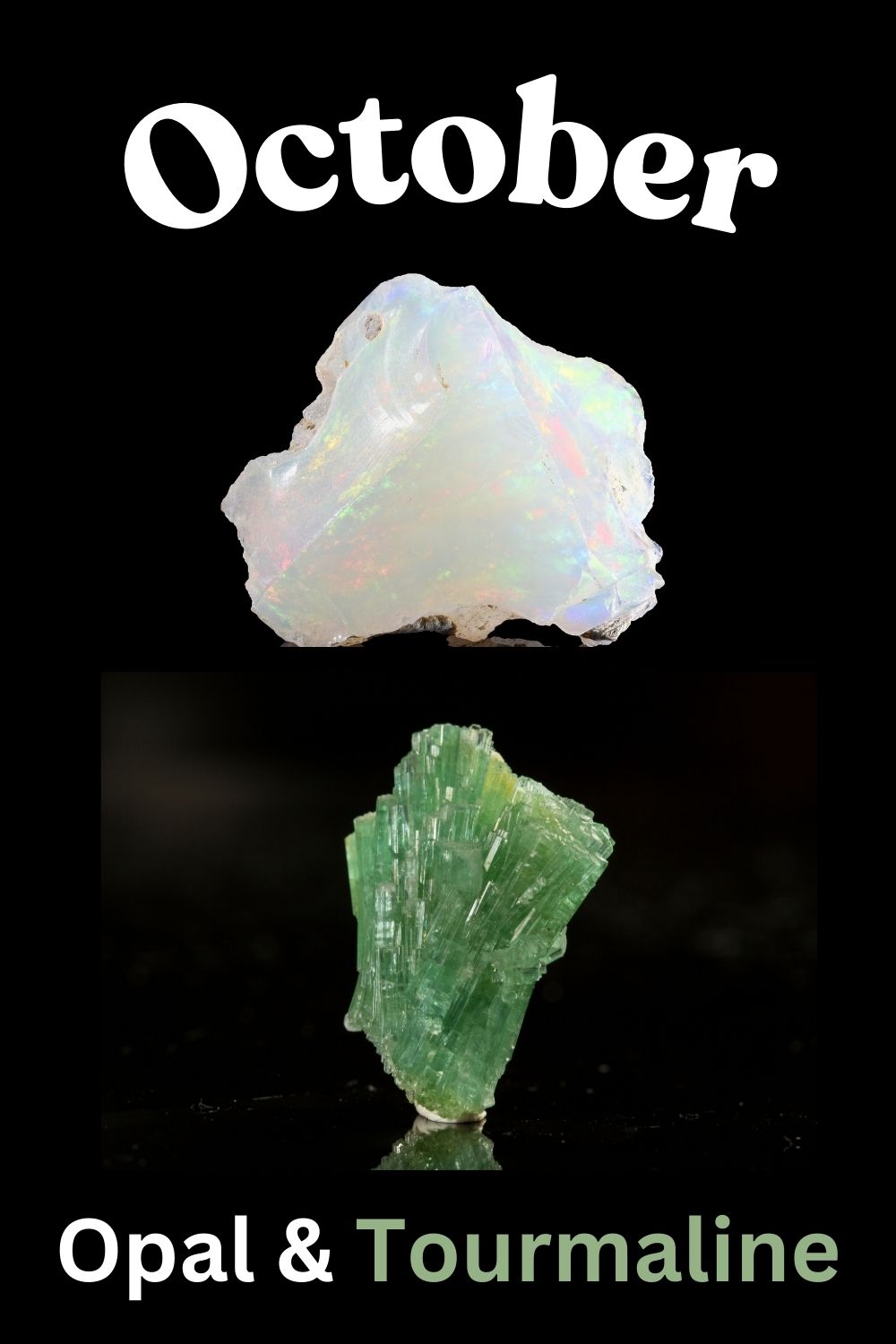
October-born individuals have two beautiful birthstones to choose from: opal and tourmaline.
Opals are renowned for their play-of-color, where the stone flashes rainbow-like colors as it moves. This effect is caused by the opal’s internal structure, which diffracts light to produce a dazzling array of colors. The name “opal” is thought to derive from the Sanskrit “upala,” meaning “precious stone.”
Tourmaline, the alternative October birthstone, is unique in its availability in various colors. Tourmaline has one of the broadest color ranges of any gem species, reflected in its name, derived from the Sinhalese word “turmali,” meaning “mixed colors.” Some tourmalines even display multiple colors in a single stone, with the watermelon tourmaline being a famous example, showing green, white, and pink bands.
Both opals and tourmalines require special care. Opals are relatively soft (5.5-6.5 on the Mohs scale) and contain water, making them sensitive to extreme temperatures and dry conditions. Tourmalines are harder (7-7.5 on the Mohs scale) but can be prone to cracking if subjected to sharp temperature changes.
View opal necklace above on Amazon
View tourmaline earrings above on Amazon
November: Topaz and Citrine
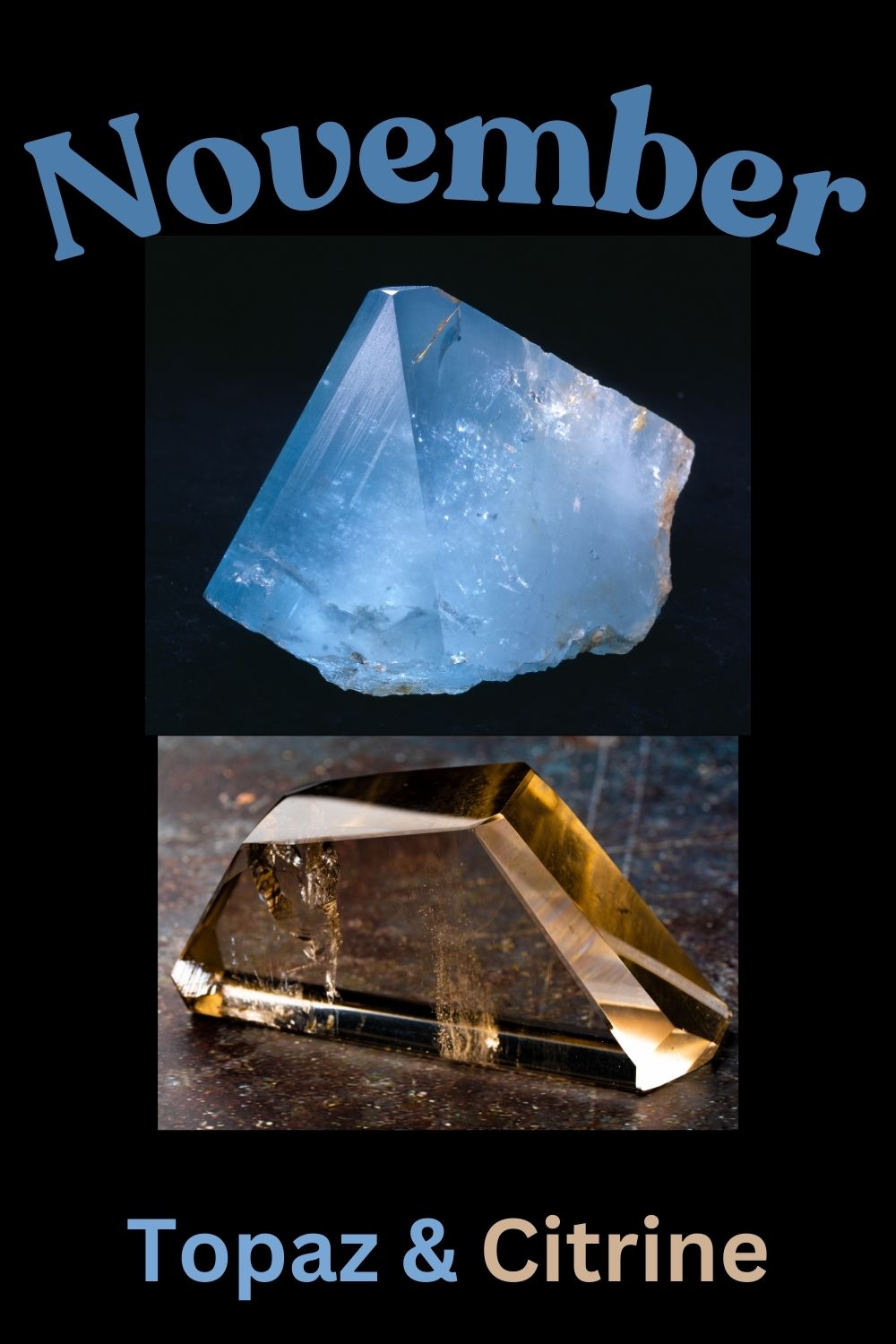
November claims two birthstones: topaz and citrine, both known for their warm yellow and orange hues, though topaz can occur in various colors.
In its natural state, Topaz is colorless, but impurities lead to a range of colors, including yellow, orange, pink, and the rare and highly prized blue. The most valuable topaz is the Imperial topaz, with a vibrant orange hue with pink undertones. The name “topaz” may derive from the Sanskrit word “tapas,” meaning “fire.”
Citrine, a variety of quartz, ranges from pale yellow to brownish orange. Many citrines on the market are heat-treated amethysts, as natural citrine is relatively rare. The name comes from the French word “citron,” meaning lemon.
Both November birthstones are relatively hard and durable – topaz ranks eight on the Mohs scale, while citrine is a 7 – making them suitable for all kinds of jewelry. They’re also believed to carry the sun’s power and offer healing properties, especially for the mind and emotions.
View topaz ring above on Amazon
View citrine necklace above on Amazon
December: Turquoise, Tanzanite, and Zircon
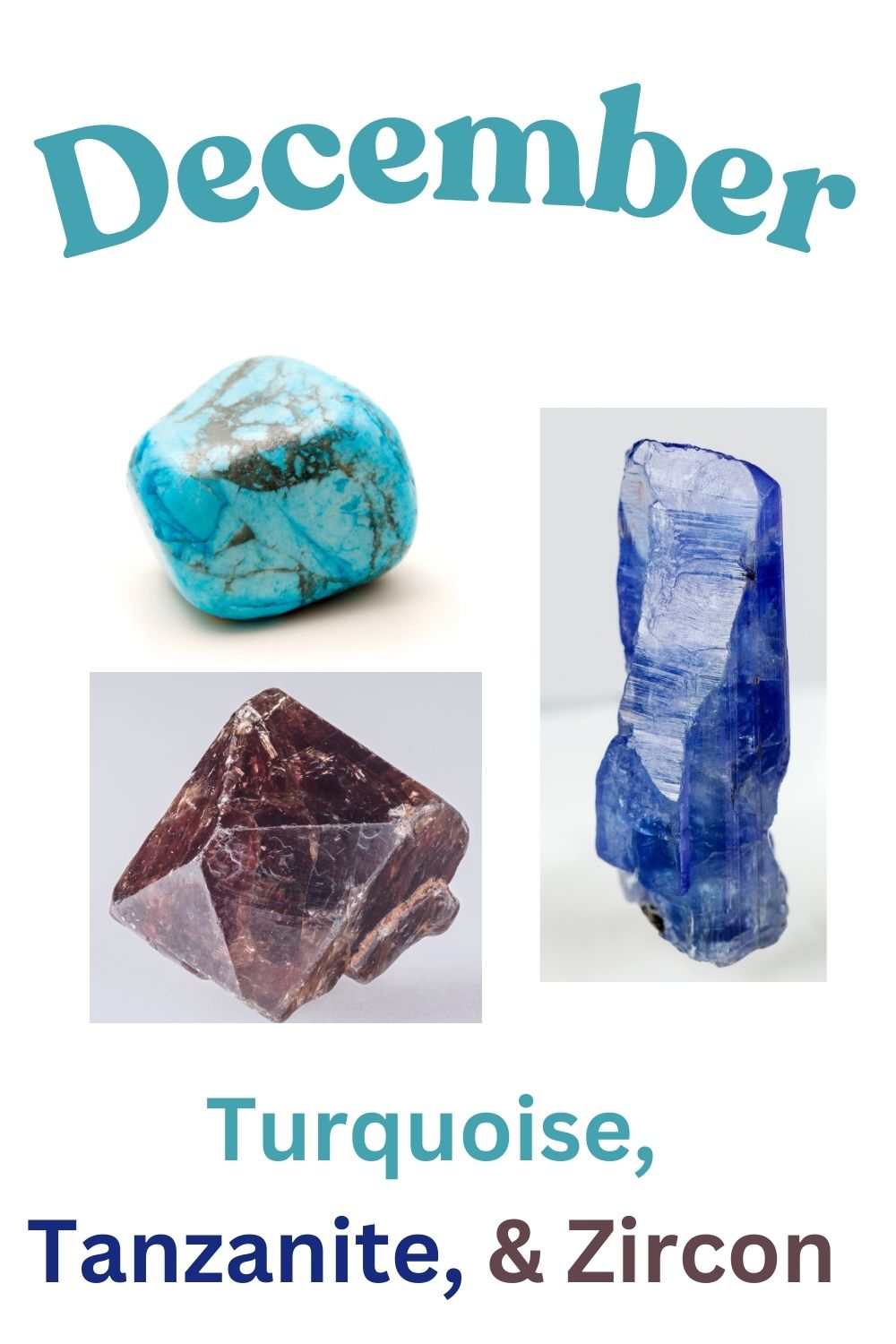
December-born individuals are spoiled for choice with three birthstones: turquoise, tanzanite, and zircon.
Turquoise, one of the oldest known gems, has been prized for thousands of years. Its unique blue-green color has been a favorite of many cultures, from the ancient Egyptians to the Native Americans. The name comes from the French phrase “pierre turquoise,” meaning “Turkish stone,” as the trade route that brought turquoise to Europe came through Turkey.
Tanzanite, a relatively recent discovery, was found in Tanzania in 1967. It’s known for its beautiful blue to violet colors, often with a slight purplish tinge. Tanzanite is actually the blue-violet variety of the mineral zoisite and is only found in one small area of the world, making it thousands of times rarer than diamonds.
Zircon, not to be confused with cubic zirconia, is a natural gemstone available in a wide range of colors. Blue zircon is the most popular and is what’s generally referred to as the December birthstone. Zircon has an exceptionally high refractive index, giving it a brilliant fire that can rival a diamond.
View tanzanite earrings above on Amazon
View zircon earrings above on Amazon
The Science Behind Birthstones

The fascinating world of birthstones is deeply rooted in geology. Each gemstone is a product of specific mineral compositions and geological processes, often requiring millions of years to form.
The Mohs scale of mineral hardness, developed by German mineralogist Friedrich Mohs in 1812, is crucial in gemology. It ranks minerals on a scale from 1 (softest, like talc) to 10 (hardest, like diamond). This scale helps determine a gemstone’s suitability for various types of jewelry and informs proper care and handling.
For example, diamonds, with their perfect tetrahedral arrangement of carbon atoms, top the scale at 10. This makes them ideal for everyday wear in rings and other jewelry that might experience frequent impact. On the other hand, pearls, being organic gems formed by living creatures, are much softer (2.5-4.5 on the Mohs scale) and require more careful handling.
The Spiritual and Therapeutic Significance of Birthstones
Beyond their physical beauty, many people believe birthstones possess spiritual and healing properties. While not scientifically proven, these beliefs have been part of human culture for thousands of years.
For instance, garnets promote self-empowerment and inner strength, while amethysts are believed to enhance spiritual awareness and intuition. Diamonds are associated with clarity and purity, both of mind and spirit.
Some people practice “crystal healing,” using gemstones to promote physical and emotional well-being. For example, turquoise is believed to have protective properties and promote mental clarity, while rose quartz is associated with love and emotional healing.
Wearing your birthstone is said to amplify its beneficial properties. Some even suggest wearing the birthstone for the current month to align yourself with the prevailing cosmic energies.
























